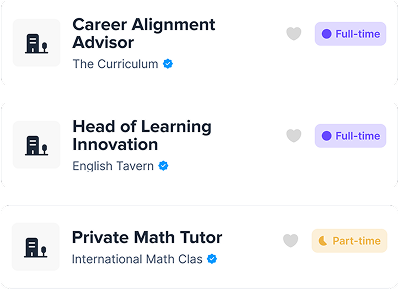What drives the education industry? Old concept, yet ever evolving into today’s standards. What business elements drive the education industry as we see it today?
Cultural Mindset
A business that takes into account the cultural mindset of its audience will establish a strong foundation. The decision to enroll children in school is often influenced by economic, political, social, and cultural factors. Just having a school doesn’t guarantee parents will enroll their kids, even if education is free. In these cases, the level of understanding and importance people place on education play a significant role.
Government Boost
Governments globally invest heavily in education, utilizing measures like incentives, awareness programs, free female education, and low-interest education loans to enhance widespread education. However, sustaining macroeconomic stability, fostering equitable economic growth, and improving literacy rates require countries to align public spending with their long-term financial capacity. Transparent budget mechanisms are crucial for the fair allocation and management of public resources in educational reform. Integrating education into a nationwide perspective within the macroeconomic context is essential.
Key factors driving government support for education include:
government expenditure
financing methods
adequacy & sustainability of spending
Qualified Workforce
Building a robust education system requires a skilled workforce capable of delivering quality education. Effective strategies include interventions like compensatory education, teacher training, and female empowerment. Institutions need to be flexible to adapt to evolving educational needs.
Lifelong learning achieves two main goals:
- Ensuring a competitive national economy by producing a knowledgeable workforce
- Enabling individual knowledge growth, essential in a rapidly changing economy.
Information Technology
Online education has changed the societal perspective from physical structures to virtual learning. Higher education and research institutions adopt IT due to their complexity, requiring automation and IT infrastructure. Advanced IT solutions, like the Campus Management System, function as digital campuses. Administrators can monitor faculty, infrastructure, and other aspects daily.
Globalization significantly impacts not only economies but also the education sector. Previously, supplying low-wage workers sufficed for national growth, but intense global competition and technology favor countries with an educated workforce. The main trade involves students studying abroad, complemented by foreign higher education programs in developing nations.
Factors driving demand include:
shortage of domestic higher education,
need for globally recognized qualifications
emerging markets’ demand for highly skilled labor




















